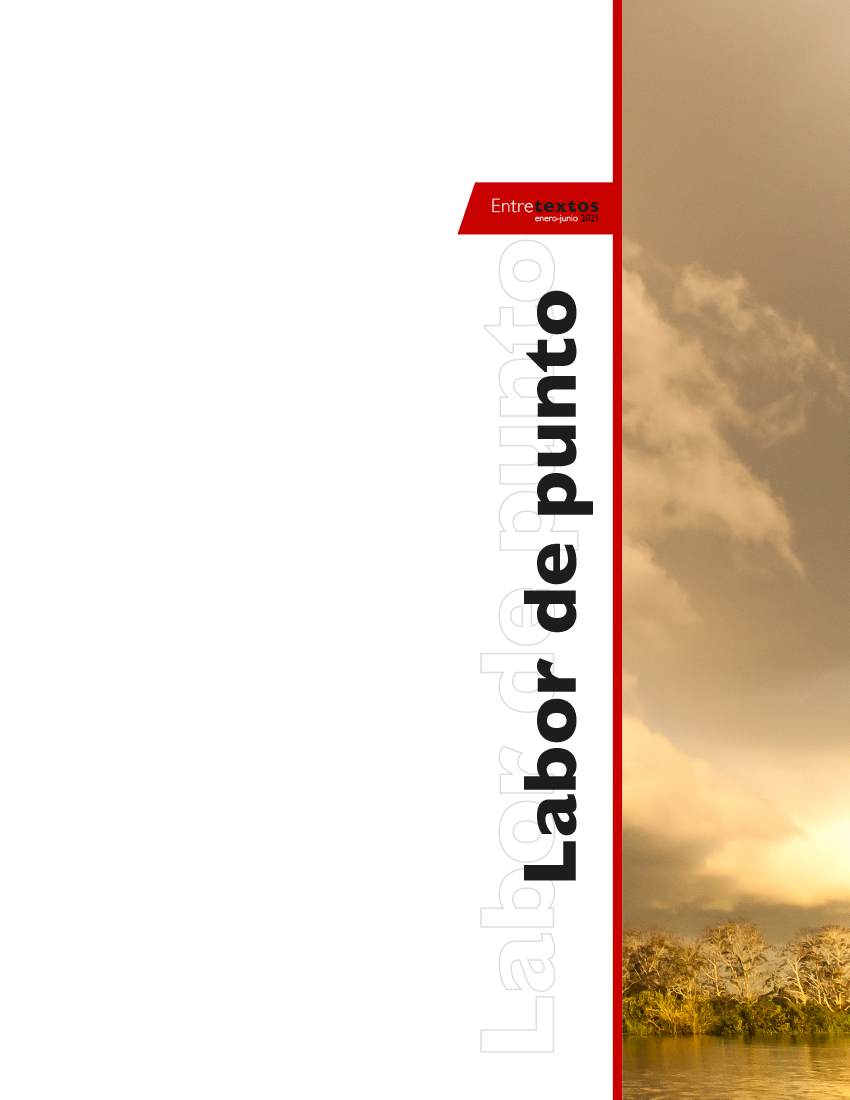Laudato Si’ it recognizes the value of biodiversity, but the question is, to conserve species or genetic diversity?
DOI:
https://doi.org/10.59057/iberoleon.20075316.202036105Keywords:
laudato si', biodiversity, conservation, biological diversity, ecosystemAbstract
The essay has two purposes, the first one to highlight the importance of biodiversity for the maintenance of life, and for this it starts from the Encyclical letter of the Holy Father Francisco, on the care of the common home, where it also develops a whole point on the biodiversity, importance and crisis. It is argued that the dichotomy that society uses for many aspects (sciences or humanities, culture or sciences, social problems or environmental problems), are an obstacle
to advance to a more just society for citizens and the environment. And for this, scientists are not the only elements of our culture that can participate in its development. The other purpose is to raise two aspects to understand when talking about the conservation of biodiversity. The first has
a political, social and cultural dimension. The second is more technical, referring to the status given to the term biodiversity, a problem that seems subtle, but it is not, since the conception of the agent that studies or proposes biodiversity conservation measures will depend on the spheres of action involved, which implies the adoption of totally different conservation strategies.
Downloads
References
Cardona, L. (2007). Todas las claves. Biodiversidad. Editorial Océano.
Gabaldón, J. (2006). Desarrollo sustentable. La salida de América Latina. Grijalbo.
Eizaguirre, M. (2020). Laudato Si’ y Ecología Integral. Foro Internacional: Quinto aniversario de Laudato Si’, Rio de Janeiro, Brazil.
Francisco (2015). Carta Encíclica Laudato Si’, sobre el cuidado de la casa común. Recuperado de http://www.vatican.va/content/francesco/es/encyclicals/documents/papa-francesco_20150524_enciclica-laudato-si.html.
Gallardo. M. H (2011). Evolución. El curso de la vida. Editorial Médica Panamericana.
Halffter, G. y Ezcurra, E. (1992). La diversidad biológica de Iberoamérica I. Instituto de Ecología.
Harper, J. y Hawksworth, D. (1995). Biodiversity, measurement and estimation. Chapman & Hall-The Royal Society.
Naciones Unidas. (1987). Informe de la comisión mundial sobre el medio ambiente y el desarrollo. Recuperado de http://www.ecominga.uqam.ca/PDF/BIBLIOGRAPHIE/GUIDE_LECTURE_1/CMMAD-Informe-Comision-Brundtland-sobre-Medio-Ambiente-Desarrollo.pdf.
Naciones Unidas. (2010). Año Internacional de la Diversidad Biológica. Recuperado de http://www.un.org/es/events/biodiversity2010/.
Núñez, I., González-Gaudiano, E. y Barahona, A. (2003). La biodiversidad: historia y contexto de un concepto. Interciencia, 28(7), pp. 387-393. Recuperado de http://ve.scielo.org/scielo.php?script=sci_arttext&pid=S0378-18442003000700006&lng=es&tlng=es.
Wilson, E. (1997). Biodiversity II. Joseph Henry Press.
Wilson, E. (2006). La creación. Katz Editores

Downloads
Published
How to Cite
Issue
Section
License
Copyright (c) 2021 Entretextos

This work is licensed under a Creative Commons Attribution-NonCommercial 4.0 International License.




